The ability to identify with other people's emotions can elude children who struggle to process verbal and non-verbal cues. But like many other skills, empathy is a skill that can be taught. We asked Lauren Zimet, a leading speech pathologist who works with many kids on the autism spectrum, how she would teach empathy. She said, “Behavior is communication, and we can empower our children with tools to be effective communicators early on.”
Parents and teachers can have a tremendous impact on kids every day. Along with modeling empathetic behavior, you can help kids establish foundational skills for talking about feelings. When kids are able to identify a wide range of facial expressions and non-verbal body language then they have a headstart on developing empathy. Try incorporating tools from our Social Emotional Learning Box to start practicing empathetic behaviors.
Here are 8 activities that you can do at home or in the classroom to foster empathy in your kids.
Activities for Fostering Empathy
1. Draw 'Feeling Faces'
Use pre-made cards, like our Emoji Emotions Cards, or find images from magazines that show different emotions. Create a poster for your classroom or home as a visual reminder about different emotions. Make a game out of mimicking the facial expressions and hypothesize why someone may feel a certain way.

2. Play Feelings Games
There are many games you can play together to foster empathy. Try out the six different ones in the Social Skills Board Games to explore a variety of scenarios and emotions. Encourage kids to take turns acting out different emotions in a round of Emotions Charades.
3. Pursue Perspective
Ask your child leading questions about situations they’re in so that they can work on developing greater empathy. For example, if your child is a good soccer player, ask how they think the new player feels when they have to sit out of the game. Encourage your child to think of something they can do to make the new player feel more included. You can also present it as a game– engage kids in discussing a dilemma with various viewpoints and help them brainstorm a solution that considers everyone’s needs.
4. Explore Different Interests
A big part of empathy is recognizing that people have different interests and preferences. Talk to your kids about their siblings’ and friends’ favorite foods and activities. Before playdates, discuss what the other person might want to do and come up with a strategy to satisfy everyone’s preferences. By taking time to think about these things in advance, you show your kids that you care and are considering another person’s needs/feelings.
5. Literary Learning
While reading stories with your kids, stop and ask them to identify the characters’ feelings. Try to pinpoint how certain behaviors might reveal their feelings. Take turns acting out various scenarios to practice what you might feel like in that situation. Explore what your body will feel like, what your facial expression will be, and what behaviors you might display as a result.
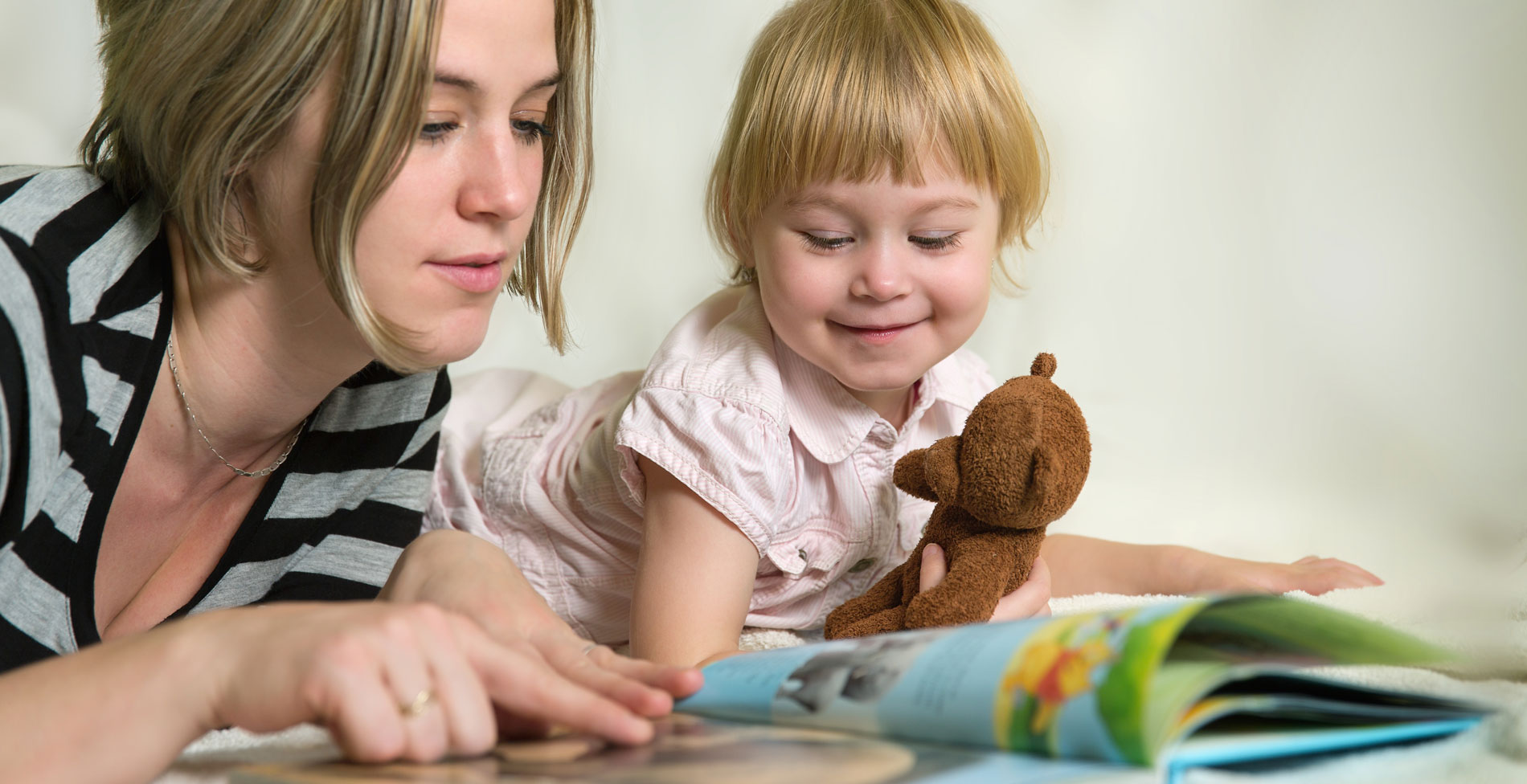
6. Kindness Projects and Community Service
Participating in community service activities promotes empathy by letting kids get hands-on experience with how others might struggle, and teach kids about the impact they can have on others. Even smaller acts of kindness, such as making small gifts or writing thank you notes, are great ways to practice empathy. If a classmate is sick, then kids can gather materials for them from class to help them catch up when they return. Helping each other will foster a sense of responsibility and camaraderie among each other.
7. Internalize and Reflect
Keeping a journal of their experiences and thoughts can help kids learn to identify and express their own feelings. This, in turn, improves their ability to recognize feelings in others and exercise their empathy. Self-reflection is a wonderful way to reinforce and foster empathy throughout life. It also allows kids to recognize that their feelings about a situation may change over time, even from one day to the next. Use tools from our Emoji Collection to help identify how they feel and pinpoint what they might like to feel instead so that you can create a plan to change the mood.
8. Cultural Awareness
When you introduce your kids to different cultures and traditions through books, diverse foods and visiting others during their cultural celebrations, you can foster a sense of empathy towards those from different backgrounds. There are many nuances when it comes to cultural experiences, which makes it key not to simply project your own emotions and understanding onto someone from a different culture. Developing greater cultural awareness can improve your kids’ empathy for others.
Teaching empathy is an ongoing process. By consistently engaging kids in activities that promote empathy, you can help them develop this essential skill to create a more compassionate and understanding future.
Check out our collection of Social Emotional Learning tools to find fun ways to teach your kids.
This post was originally posted on 11/08/2011 by Fun & Function Therapists. It was updated for accuracy and comprehensiveness by Rivkie Berger, OTR/L on 06/29/2023.








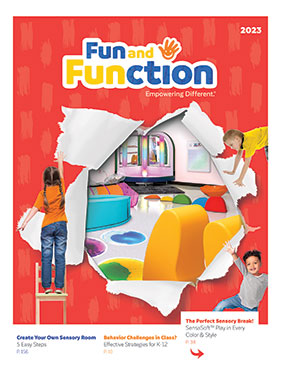





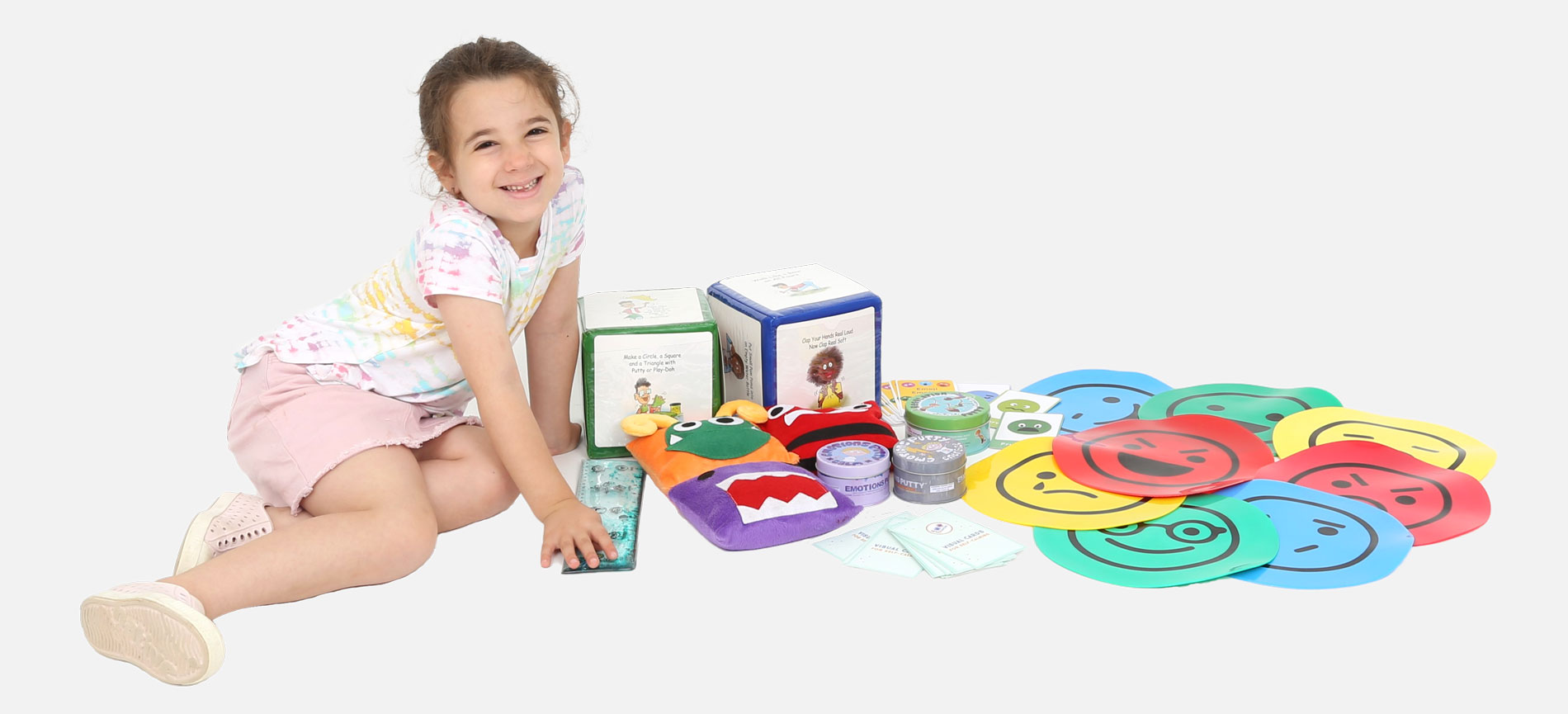

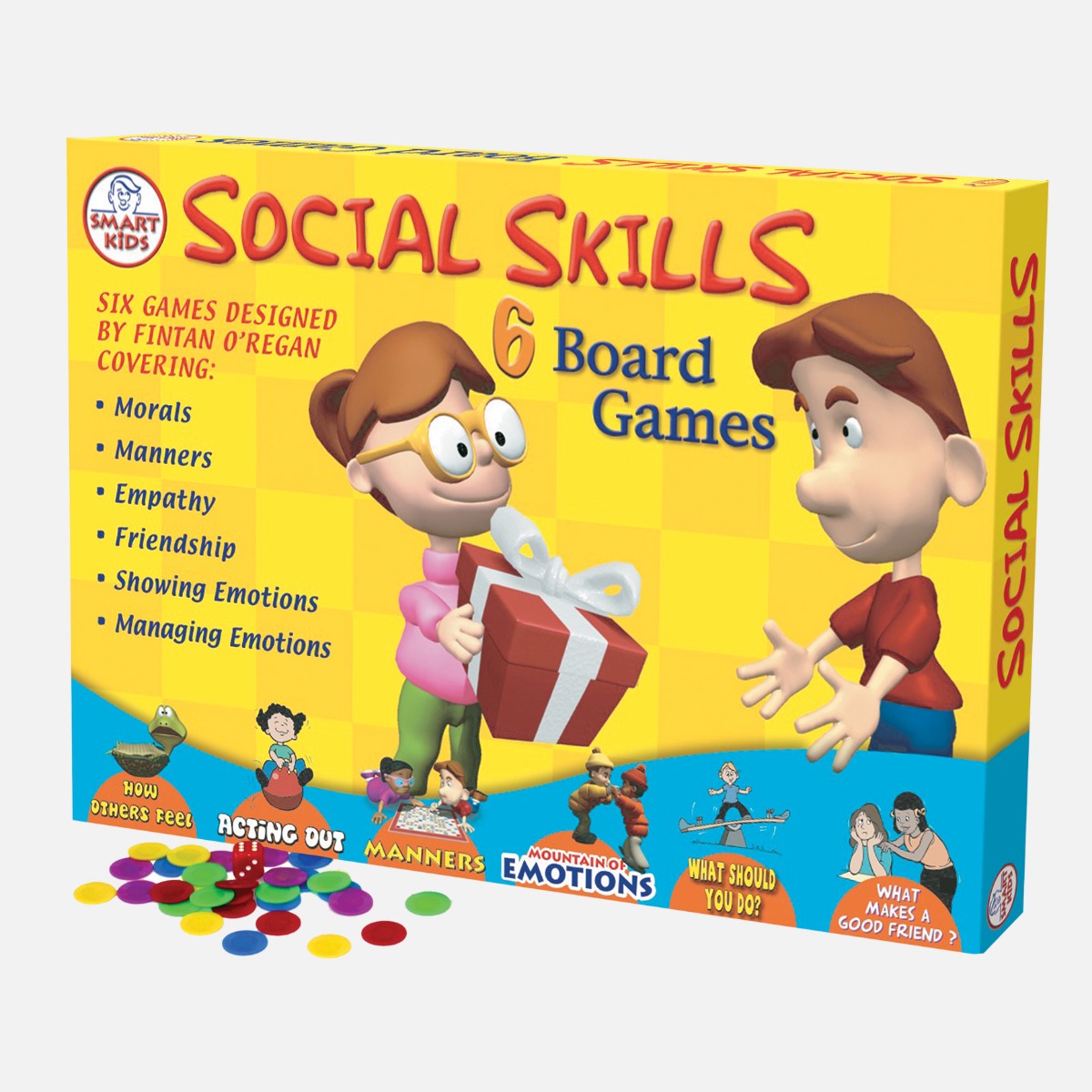
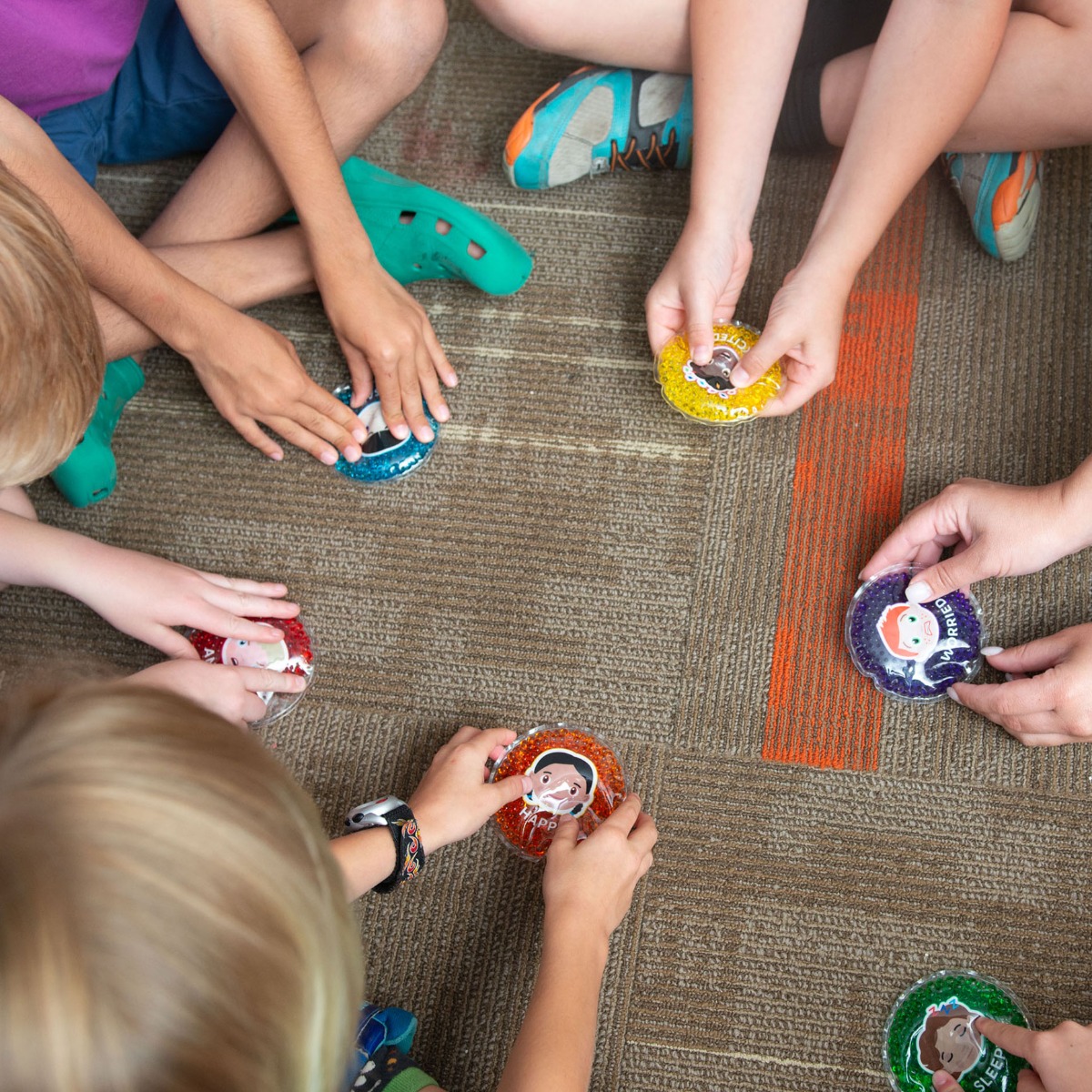






Comments